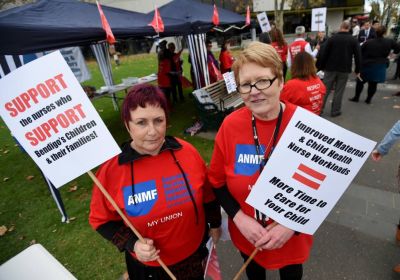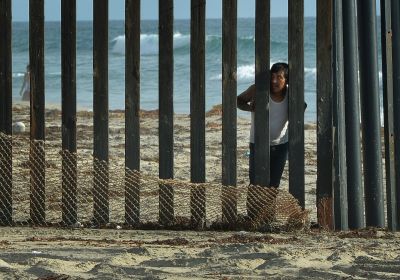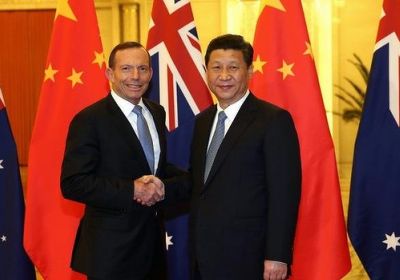
As the pantomime that is the Royal Commission into Trade Union Governance and Corruption, stumbles to its conclusion at the end of the year, figures released by the Australia Bureau of Statistics (ABS) on October 27 reveal a 2% drop in union membership to 15% of the workforce.
According to the ABS report, in August last year 1.6 million people were members of trade unions in their main job.




